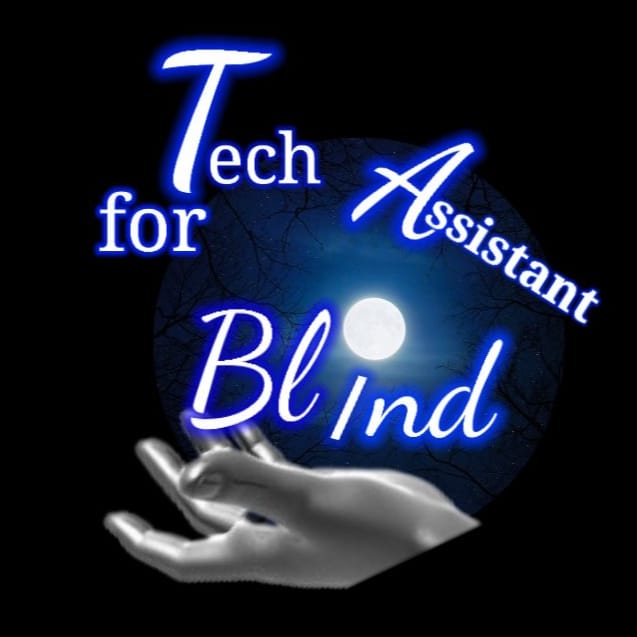Last Updated on
June 26, 2023
Written by
Kori Jagruti
Orbit Reader is a relatively new braille display that can be used to read digital text in different formats. It can be a solution for those who rely on braille to read and write. In this article, we will discuss the steps involved in using an orbit reader.
Common types:
In the current market, there are two options available when it comes to Orbit Readers: the Orbit Reader 20 and the Orbit Reader 40. The Orbit Reader 20 features 20 braille cells in a single line, providing a compact and portable solution for individuals with visual impairments. On the other hand, the Orbit Reader 40 offers a larger display with 40 braille cells in a single line, allowing for more extensive content to be displayed at once. Additionally, the Orbit Reader 40 includes a sound effect feature that can be customized through the settings menu, enabling users to toggle it on or off based on their preferences and needs. These variations in size and functionality cater to different user preferences and requirements, ensuring that individuals have options to choose from based on their specific needs.
Turning on the Orbit Reader
The first step in using an Orbit Reader is to turn it on. To do this, hold down the power button located on the top of the device until the braille cells start to display text.
Connecting the Orbit Reader to a device
Once the Orbit Reader is turned on, it needs to be connected to a device that contains the digital text. The device can be a computer, smartphone, or tablet. To connect the Orbit Reader to a computer, plug one end of the USB cable into the Orbit Reader and the other end into a USB port on the computer. For smartphones or tablets, enable Bluetooth on both the Orbit Reader and the device and pair them.
Navigating through the text
After connecting the Orbit Reader to a device, you can start reading digital text. To navigate through the text, use the scroll buttons located on the sides of the Orbit Reader. These buttons allow you to move up or down a line at a time or scroll through the entire page at once. To read a specific word or character, press the corresponding braille cell on the display.
File format compatibility
The Orbit Reader supports a wide range of file formats, allowing you to access digital text in different formats. The supported file formats include BRF (braille readable files), BRL (braille files), TXT (plain text files), and HTML (web page files). This versatility enables you to read documents, books, web content, and other text-based materials on the Orbit Reader.
Utilizing bookmarks and annotations
The Orbit Reader allows you to bookmark important sections of a document and make annotations for reference. To utilize these features, navigate to the desired location in the text and press a specific combination of buttons to create a bookmark or annotation. Bookmarks and annotations can be useful for quickly accessing specific sections or adding personal notes while reading.
Changing the language of the Orbit Reader
The Orbit Reader also allows you to change the language settings. This means you can switch the language of the braille display from English to Hindi or another language of your choice. By accessing the settings menu, selecting the desired language option, and saving the changes, you can read and interact with braille text in your preferred language, enhancing your reading experience and accessibility.
Customizing the settings
The Orbit Reader has many customizable settings that allow users to personalize their reading experience. To access the settings menu, press the function key located on the bottom right corner of the Orbit Reader and then the “s” key. From there, you can customize display settings, speech output, and Bluetooth configurations.
Firmware updates
The Orbit Reader periodically receives firmware updates that bring new features, improvements, and bug fixes. Through the settings menu, you can check for firmware updates and install them to ensure your device remains up to date with the latest enhancements and functionalities.
Pricing
The Orbit Reader is undoubtedly a superior solution for individuals with visual impairments, offering advanced features and functionalities. However, its price point remains a significant obstacle, particularly for financially disadvantaged students. The cost of the Orbit Reader 20 is approximately $799, equivalent to around 65,000 Indian rupees, while the Orbit Reader 40 is priced at $1,699, roughly 139,000 Indian rupees. These high prices make it challenging for economically disadvantaged students to afford this assistive technology, limiting their access to its benefits.
In conclusion
Using an Orbit Reader is relatively simple and straightforward. It is a portable and affordable solution for those who rely on braille to read and write. By following the above steps, you can quickly start using this device to access digital text in various formats.


